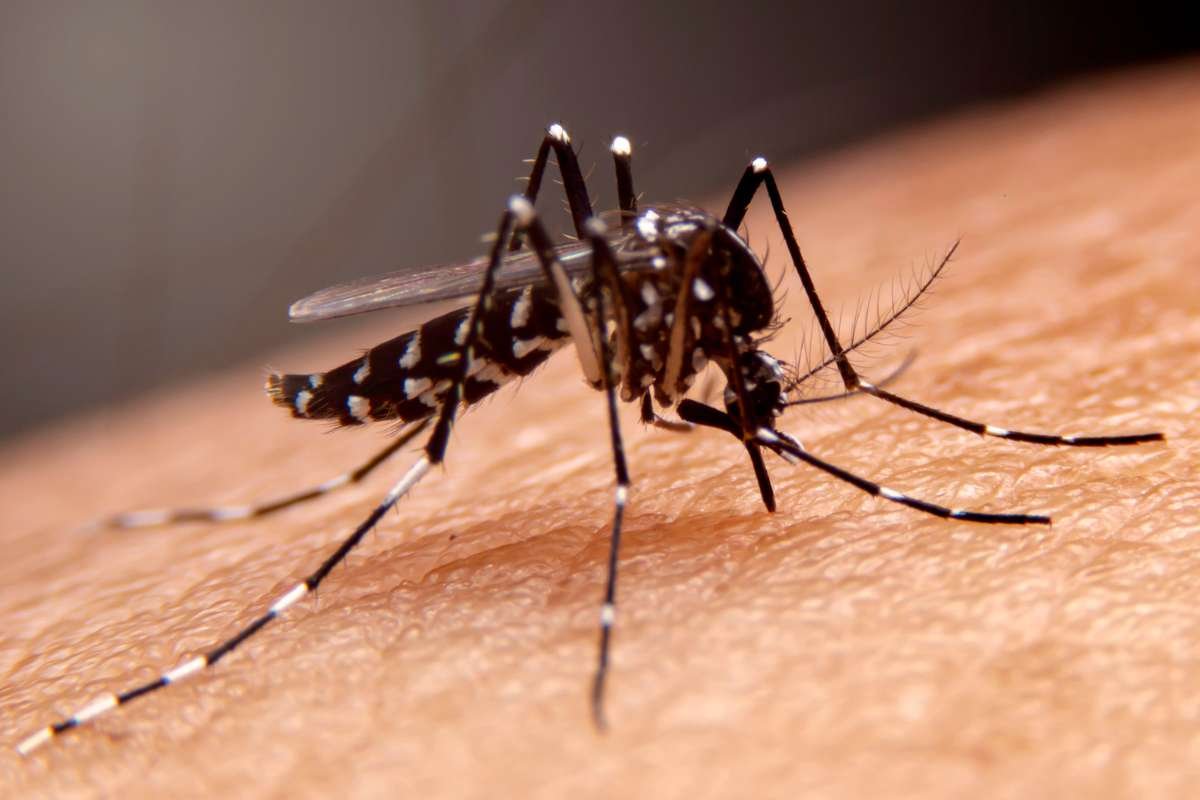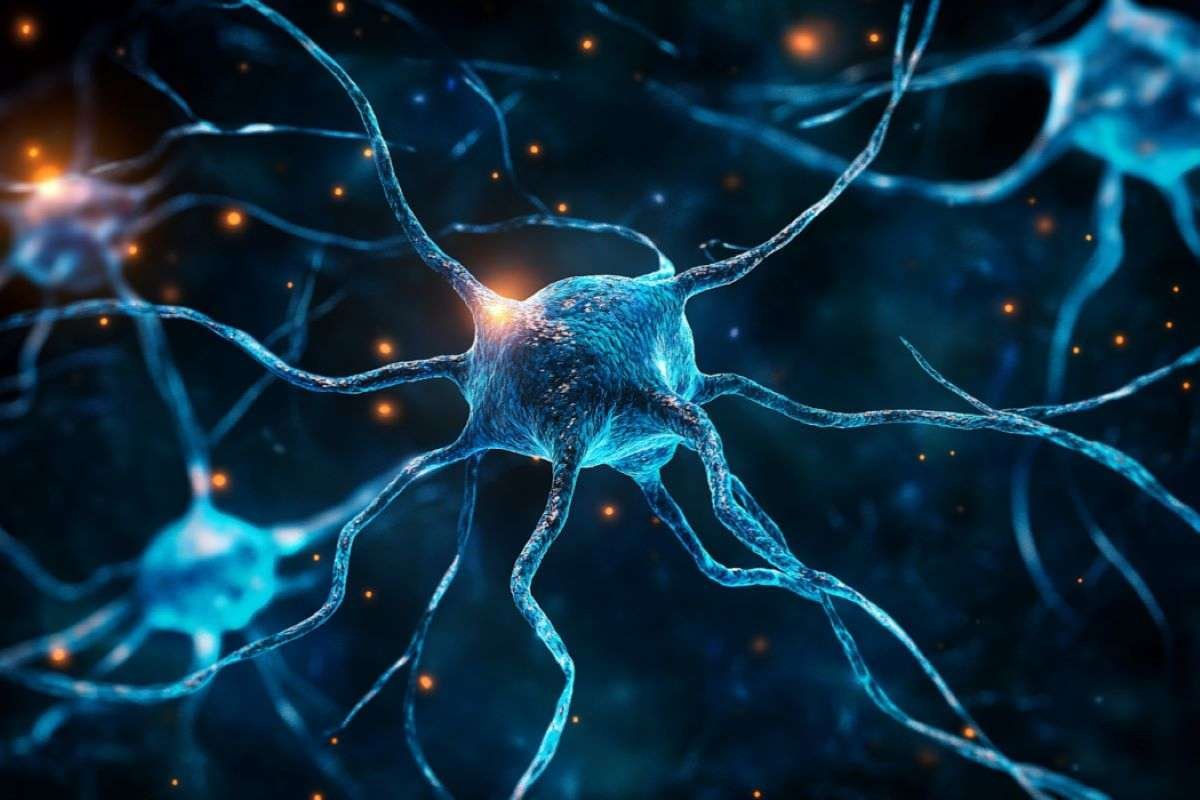A South Carolina resident has died after contracting Naegleria fowleri, a rare but deadly brain-eating amoeba, according to officials from Prisma Health and the state’s Department of Public Health (DPH). The infection occurred in the Midlands region during the week of July 7, as first reported by WYFF News 4.
The brain-eating amoeba, which thrives in warm freshwater environments like lakes and rivers, enters the body through the nose and travels to the brain, causing a fatal condition known as primary amebic meningoencephalitis (PAM). While the exact lake or location has not been officially confirmed, reports suggest the patient may have been exposed while swimming in Lake Murray.
DPH epidemiologist Dr. Linda Bell emphasized that although the amoeba is present in many natural water bodies, infections are “extremely rare,” with fewer than 10 cases reported annually across the U.S. South Carolina does not track individual infections due to the organism not being classified as a reportable disease.
Understanding the Amoeba: Symptoms and Lethality
Naegleria fowleri infections progress rapidly and are nearly always fatal. Once the brain-eating amoeba enters through the nasal cavity—often during water-related activities like diving or jumping into lakes—it attacks the brain tissue. Early symptoms mimic common meningitis: severe headache, fever, nausea, and vomiting. Within days, these escalate to confusion, hallucinations, seizures, and coma.
According to the Centers for Disease Control and Prevention (CDC), symptoms typically appear 1 to 12 days after exposure, and most patients die within five days of onset. Since 1962, only 167 cases have been documented in the U.S., with just four known survivors.
Dr. Anna Kathryn Burch, a pediatric infectious disease specialist at Prisma Health, confirmed the patient was treated in the ICU using aggressive antimicrobial therapy guided by CDC protocols. However, despite all efforts, the illness proved fatal. Speaking to WIS-TV, she noted that risk increases during the summer, especially in shallow, warm, and stagnant waters where the amoeba thrives.
Prevention and the Path Ahead
While tragic, health officials reiterate that the risk of contracting the brain-eating amoeba remains very low. However, precautions are strongly recommended when swimming in warm freshwater:
- Keep your head above water.
- Use nose clips or pinch your nose shut while swimming.
- Avoid stirring up sediment in shallow water.
- Do not use tap water for nasal rinsing—only sterile, distilled, or boiled water.
The case has reignited attention on brain-eating amoeba awareness, with groups like the Kyle Lewis Amoeba Awareness Foundation (named after a young Texas boy who died from PAM) advocating for public education and research.
Meanwhile, researchers at Clemson University’s EPIC pathogen center are exploring enzyme-inhibiting drug therapies, some of which have shown partial success in animal models. However, no known cure exists, highlighting the urgency of early diagnosis and prevention.
This rare but devastating infection has sent a wave of concern across South Carolina. While the danger is minimal for the average swimmer, the incident serves as a sobering reminder of the hidden risks in warm freshwater during summer. Authorities urge the public to stay informed, practice water safety, and seek medical help immediately if meningitis-like symptoms arise after freshwater exposure.
Visit The Lifesciences Magazine to read more.
Sources:







